In 1962, President John F. Kennedy told his country, “We choose to go to the moon!” It took another seven years before the first two men of the Apollo program set foot there.
NASA Plans to Send a Woman to the Moon ... and Really Soon
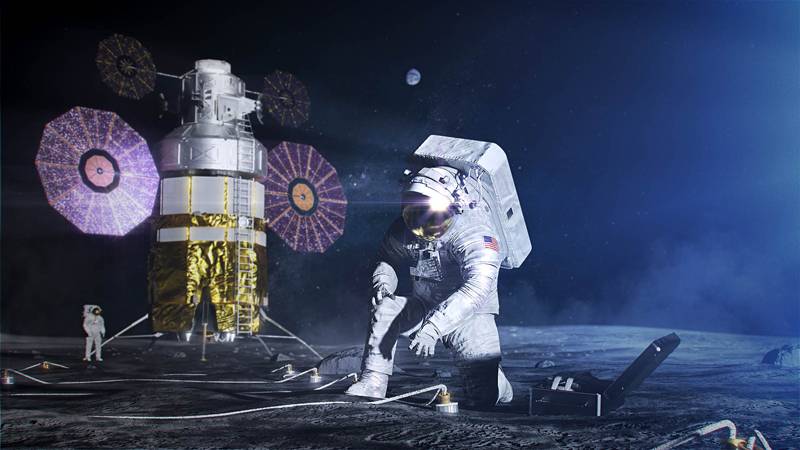
But now, have you heard? NASA plans to return human beings to the moon, and in only four years.
But wait, it gets better! The next “manned” mission to the moon’s surface will put the next man on the moon, yes, but also the first woman ever to voyage farther into space than the International Space Station. As glass ceilings go, this one is 240,000 miles high, and with any luck, it will be broken forever.
NASA’s Artemis program plans to deliver its coed crew to the moon by 2024, and establish a regular program of lunar exploration with commercial partners by 2028. Its ultimate goal is to channel the knowledge and experience gained toward launching a human mission to Mars.
Artemis, by the way, is the moon goddess in Greek mythology, twin sister of the sun god Apollo. What better name for humanity’s second visit to the moon, one in which the first woman will stand on lunar soil?
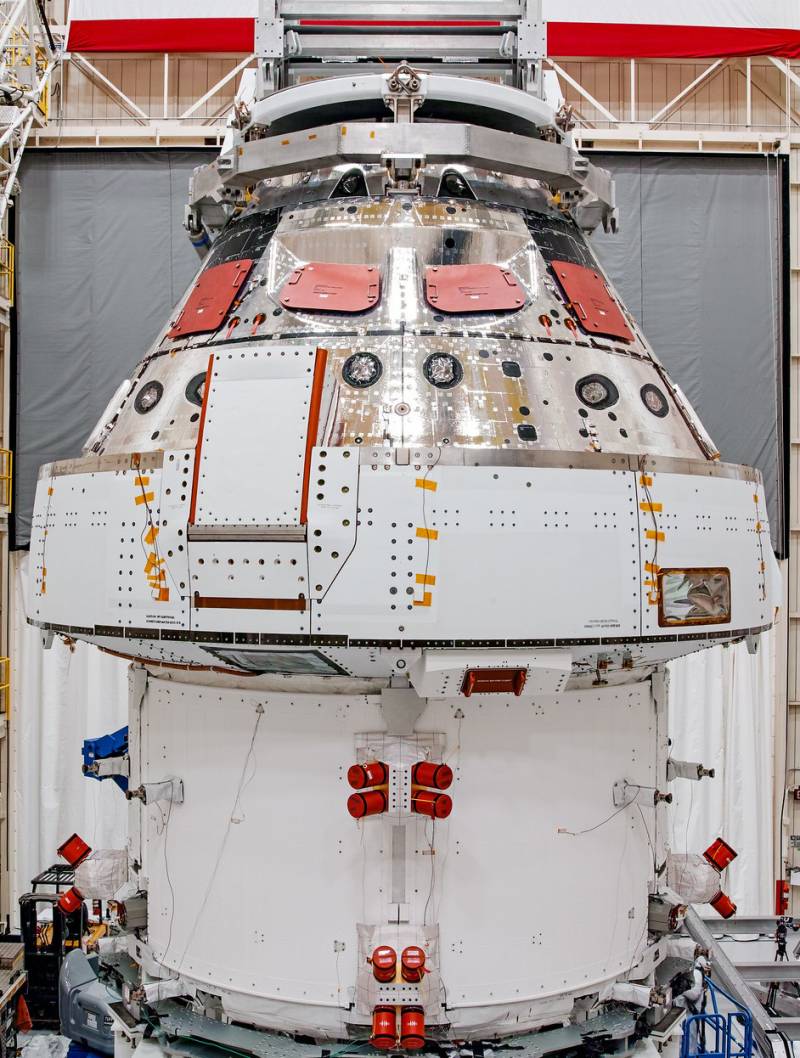
The ambitious project includes designing and building a new generation of launch vehicles, human-crewed spacecraft and landers, along with the Lunar Gateway, a moon-orbiting station that will serve as a depot for spacecraft arriving from Earth and landers traveling to and from the moon’s surface.
Do You Have the Right Stuff?
Are you interested in joining the ranks of NASA astronauts as part of a new generation of space explorers heading for the moon, some asteroids, possibly, and maybe even Mars?
To meet the demand of its expanding human space exploration endeavors, NASA’s astronaut candidate program is accepting applications from March 2 to the end of the month. Now is a good time to polish up that resume if a space-bound career appeals to you.
And remember, women, the Artemis moon-shot isn’t a guys-only club. Anyone with the right stuff is eligible.
Designing Spacecraft With Wind Tunnels and Supercomputers
Before Artemis astronauts will ever set boot on lunar soil, the space agency will have to do a lot of preliminary work. That’ll include deploying an array of scientific instruments on the moon’s surface to lay the groundwork for that historic return.
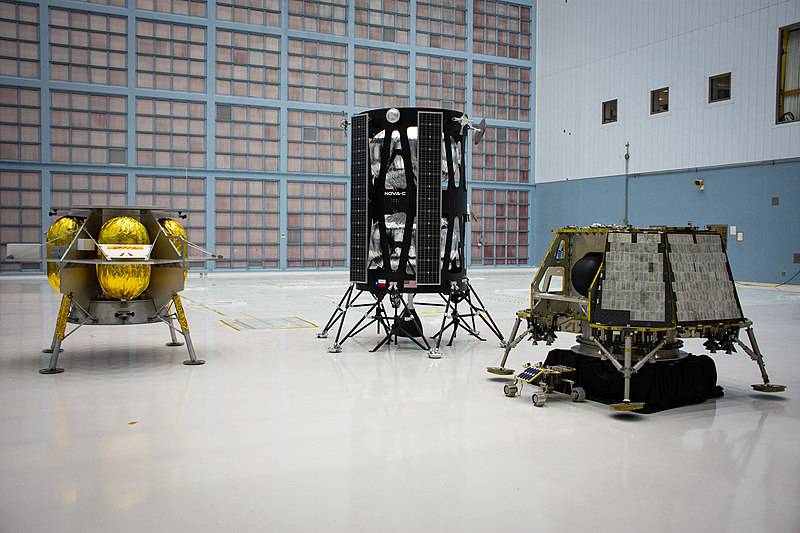
NASA just finalized 16 experiments to be sent to the moon in 2021, provided by two commercial partners — Astrobiotic and Initiative Machines — in the Commercial Lunar Payload Services program.
Another large playing piece to set on the game board of moon exploration is the launch vehicle that will get the astronauts there. The Space Launch System is NASA’s next heavy lifter. It will be the most powerful rocket ever built, capable of delivering human-crewed spacecraft to the moon and beyond.
You might think that after successful launches of the Saturn 5 rocket in the 1960s, which propelled the Apollo spacecraft and astronauts to the moon more than half a dozen times, NASA engineers already know how to do this. But they can’t design a new rocket that will carry a new spacecraft by copying notes from previous missions.
New aerospace materials, propulsion technologies, and fuel and combustion systems all give shape to a new vehicle the space agency must test for safety, efficiency and capability.
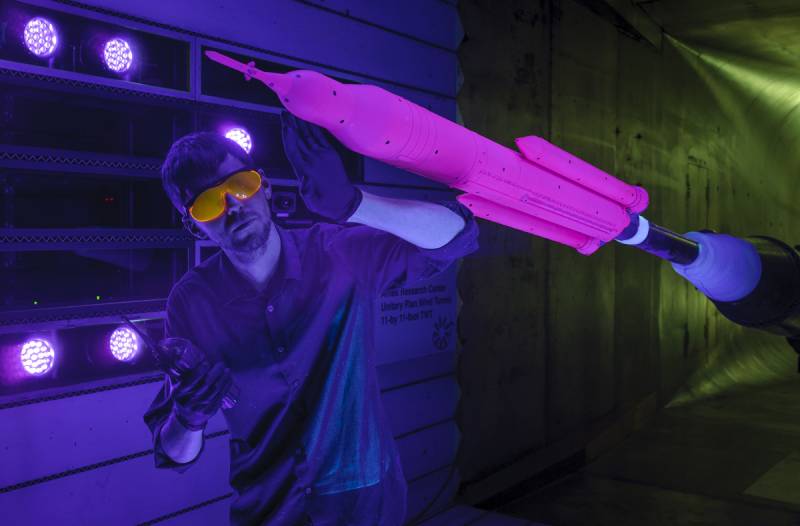
NASA engineers are testing their SLS design by subjecting an engineering model of the rocket to high-speed wind in one of its wind tunnel facilities at Ames Research Center, in Mountain View.
Knowing exactly how the dynamic pressures of the high-velocity passage out of Earth’s atmosphere will affect the launch vehicle and its nose-borne payload are critical to their aerodynamic design. So, putting a physical model to the test in actual high-speed wind pushes the design’s limits in a way that computer simulations can only approximate.
The enormous amounts of test data the wind tunnel tests generate are processed by the Pleiades supercomputer housed at the NASA Advanced Supercomputing (NAS) facility at Ames, a warehouse-sized building filled with rack upon rack of linked computers comprising tens of thousands of core processors. As an ensemble, the supercomputer is capable of performing up to 7 quadrillion calculations per second.
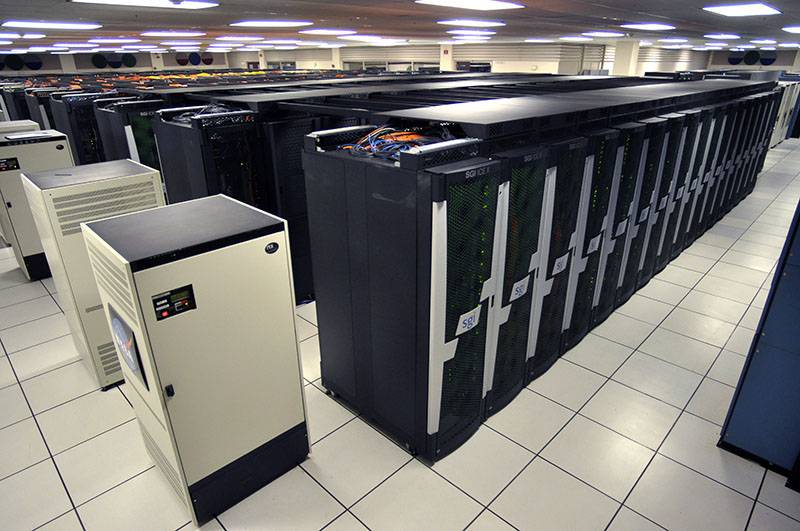
No one can say NASA doesn’t do its homework.